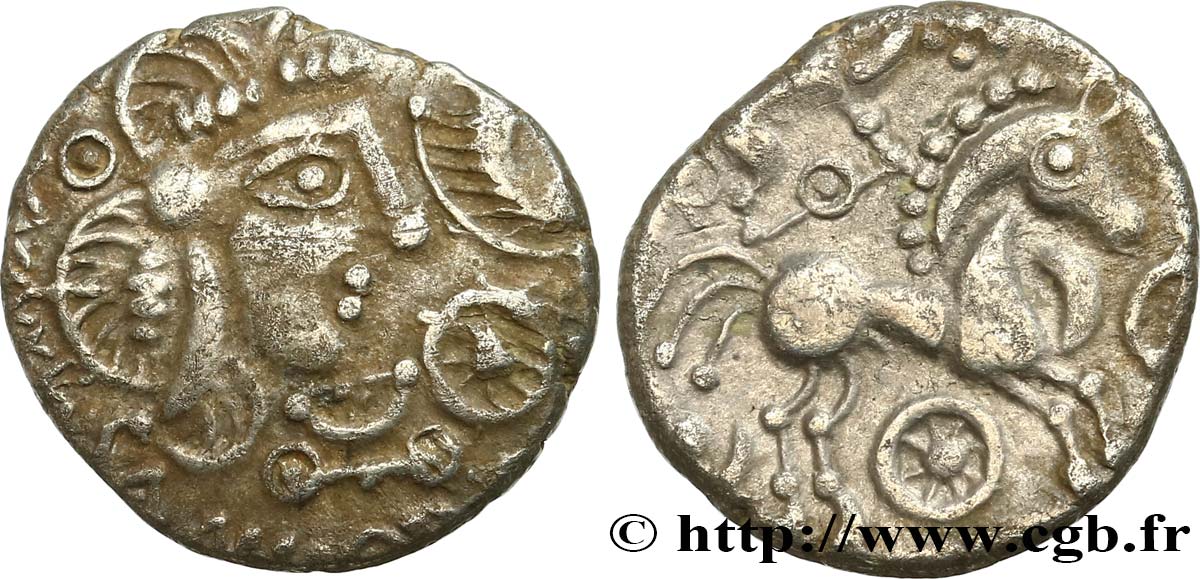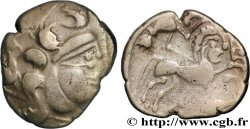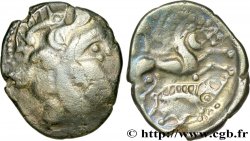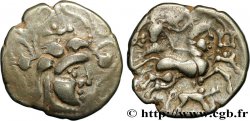Live auction - bga_464800 - GALLIA - BAÏOCASSES (Area of Bayeux) Quart de statère de billon SANTO(...) / CORI-OTOS
You must signin and be an approved bidder to bid, LOGIN TO BID. Accounts are subject to approval and the approval process takes place within 48 hours. Do not wait until the day a sale closes to register. Clicking on "BID" constitutes acceptance of the terms of use of cgb.fr private live auctions.
Bids must be placed in whole Euro amounts only. The sale will start closing at the time stated on the item description; any bids received at the site after the closing time will not be executed. Transmission times may vary and bids could be rejected if you wait until the last second. For further information check the Live auction FAQ
All winning bids are subject to a 18% buyer’s fee.
All winning bids are subject to a 18% buyer’s fee.
| Estimate : | 1 200 € |
| Price : | 650 € |
| Maximum bid : | 780 € |
| End of the sale : | 06 March 2018 16:21:40 |
| bidders : | 1 bidder |
Type : Quart de statère de billon SANTO(...) / CORI-OTOS
Date: IIe - Ier siècles avant J.-C.
Mint name / Town : Bayeux (14)
Metal : billon
Diameter : 13 mm
Orientation dies : 12 h.
Weight : 1,23 g.
Rarity : R3
Coments on the condition:
Exemplaire de qualité, sur un flan un peu court mais de frappe vigoureuse avec une agréable patine grise
Catalogue references :
Obverse
Obverse legend : [SANTO(...)].
Obverse description : Tête humaine à droite, les cheveux en grosses mèches ; un sanglier enseigne devant le nez ; une rouelle devant la bouche ; une sorte de fibule celte et de mors de cheval sous le menton ; torques et globules dans le champ.
Reverse
Reverse legend : [CORI-OTOS].
Reverse description : Cheval galopant à droite ; un sanglier enseigne au-dessus du dos, (une rouelle entre les jambes) ; un torque accompagné d'un globule devant et derrière le cheval ; un globule entouré de sept petits globules, devant la tête du sanglier.
Commentary
Ce type était presque inconnu lorsque nous avons proposé à la vente ceux de MONNAIES XVIII et celui de MONNAIES XIX. Les légendes de droit et de revers (hors flan sur cet exemplaire) sont désormais presque complètement connues..








 Report a mistake
Report a mistake Print the page
Print the page Share my selection
Share my selection Ask a question
Ask a question Consign / sell
Consign / sell
 Full data
Full data















